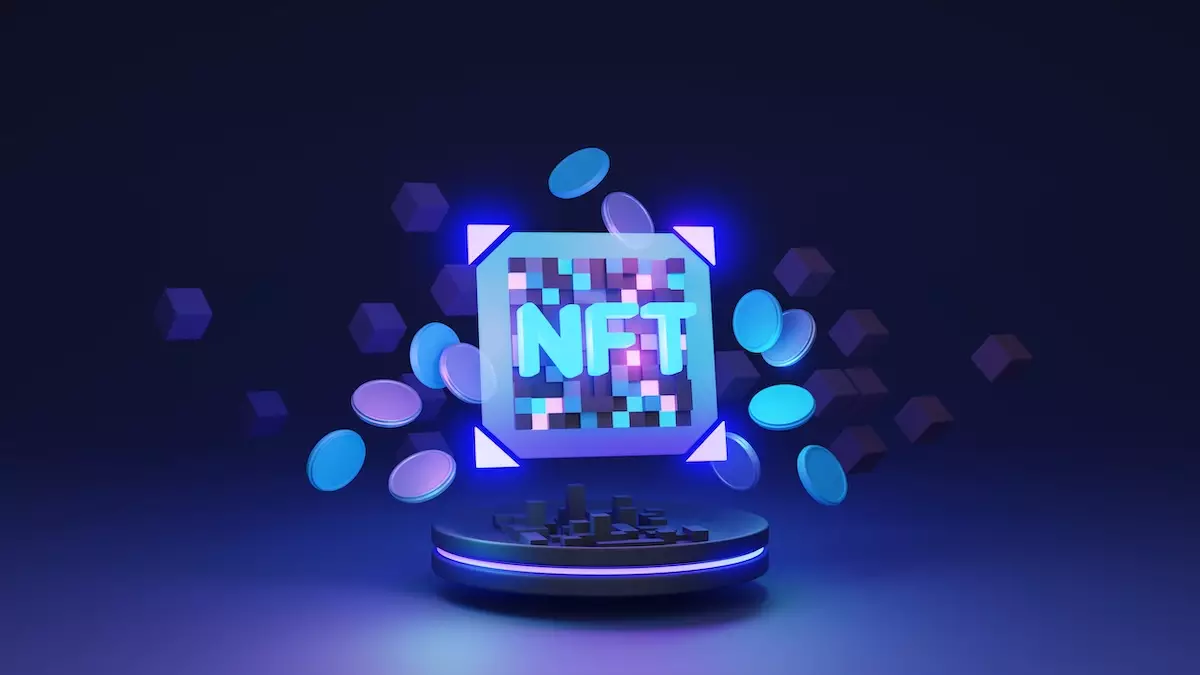The world of Non-Fungible Tokens (NFTs) has experienced explosive growth in recent years. Transitioning from a niche market into a significant sector of the digital economy, NFTs are now at the forefront of discussions around digital art, collectibles, virtual real estate, and beyond. This complex and volatile environment is drawing both creators and investors towards one pertinent question: how can predictive analytics help in deciphering the rollercoaster valuations of NFTs? In this article, we will explore the workings of predictive analytics within the NFT market, assess the key data points influencing valuations, and consider whether we can truly forecast trends using AI.
At its core, predictive analytics is about leveraging historical data and sophisticated algorithms to identify patterns and forecast future outcomes. When applied to the NFT landscape, this involves aggregating vast amounts of data from past transactions, market behaviors, and social media analytics. The goal is to predict future valuations and assist creators in appropriately pricing their digital assets while helping investors in spotting lucrative investments. This interplay of data and insight becomes critical, especially in a market characterized by erratic price fluctuations and impulsive trends.
The evolution of NFTs has captivated not only technologists and artists but also analysts and large corporations. As these digital assets gain traction, understanding price movements becomes paramount. This understanding aids creators in valuing their work competitively and assists investors in uncovering promising opportunities that may be undervalued or overlooked.
There are several fundamental aspects to consider when discussing predictive analytics. Firstly, **data collection** is essential. This includes tracking NFT transaction records, analyzing social media discussions, and evaluating metrics from on-chain activity. Every piece of data forms a grain of insight regarding market sentiment and buyer interest.
Secondly, **model selection** is crucial since different predictive models cater to varied scenarios. For instance, time series models like ARIMA are suitable for tracking price movements over time, while machine learning algorithms like gradient boosting can analyze multiple variables simultaneously to predict pricing.
Following this, **feature engineering** plays a significant role in transforming raw data into actionable insights. Characteristics such as an NFT’s rarity can either be treated as numerical values or assessed based on social media sentiment, impacting how the NFT is perceived in the marketplace.
A critical caution to recognize during this process is the distinction between **correlation and causation**. A spike in an NFT’s price following a notable celebrity tweet may not definitively indicate that the tweet was the catalyst for this increase.
One of the standout features of NFTs is their transparency, as blockchain records allow for an open viewing of sales history and transaction details. Analysts can identify demand trends based on wallet activity. If a specific collection sees a steady influx of new wallet holders, this may signify imminent price increases.
Moreover, social platforms such as Twitter and Discord serve as bustling hubs for NFT enthusiasts and investors. By assessing user sentiment, mentions, and community engagement, analysts can uncover emerging trends and discover projects that are gaining traction. AI tools designed for sentiment analysis can methodically evaluate large volumes of discussions to derive overarching conclusions regarding public perception of specific NFT projects.
NFT values are also highly influenced by market interactions, particularly trends within the cryptocurrency markets. Fluctuations in major cryptocurrencies, like Ethereum or Solana, can significantly affect buyers’ willingness to invest. High transaction fees or negative sentiments toward crypto can dissuade participation, while positive trends in the crypto market can attract newcomers to NFTs.
Advanced models, including recurrent neural networks, can help track anticipated changes in pricing and trading volume. However, they may struggle to quickly adapt to sudden shifts resulting from widespread social media attention. Conversely, conventional linear models may take multiple indicators—including trading volumes and community sentiments—to deliver price predictions.
The rise of analytics platforms like Nansen or DappRadar exemplifies the burgeoning landscape of NFT analytics tools that monitor blockchain data and user interactions. Despite their capabilities, the reliability of these tools hinges on the quality of data input and the algorithms driving their insights. Disparities in data reporting across various markets can lead to inconsistent conclusions, calling for diligent cross-validation from analysts.
Although the NFT market remains susceptible to rapid sentiment shifts and meme-driven hype cycles, predicting prices and trends is becoming increasingly possible through improved analytics. The potential for utility-driven NFTs, such as those in gaming or community membership contexts, may reshape the landscape further.
As institutional investors become increasingly engaged in NFT analytics, they will likely apply methodologies akin to traditional finance, refining predictive approaches and fostering maturity within the NFT marketplaces.
Ultimately, while predictive analytics and AI provide vital insights, they cannot fully encapsulate the nuanced factors influencing the NFT ecosystem. The role of community dynamics, historical context, and cultural significance cannot be quantified solely through numbers. By marrying the strengths of AI with human intuition and market sentiment, stakeholders can position themselves strategically in navigating this ever-shifting terrain.
As the NFT landscape matures and redefines itself beyond the hype, the quest for sustainable analytics will intensify, promising a future where informed decision-making prevails.















